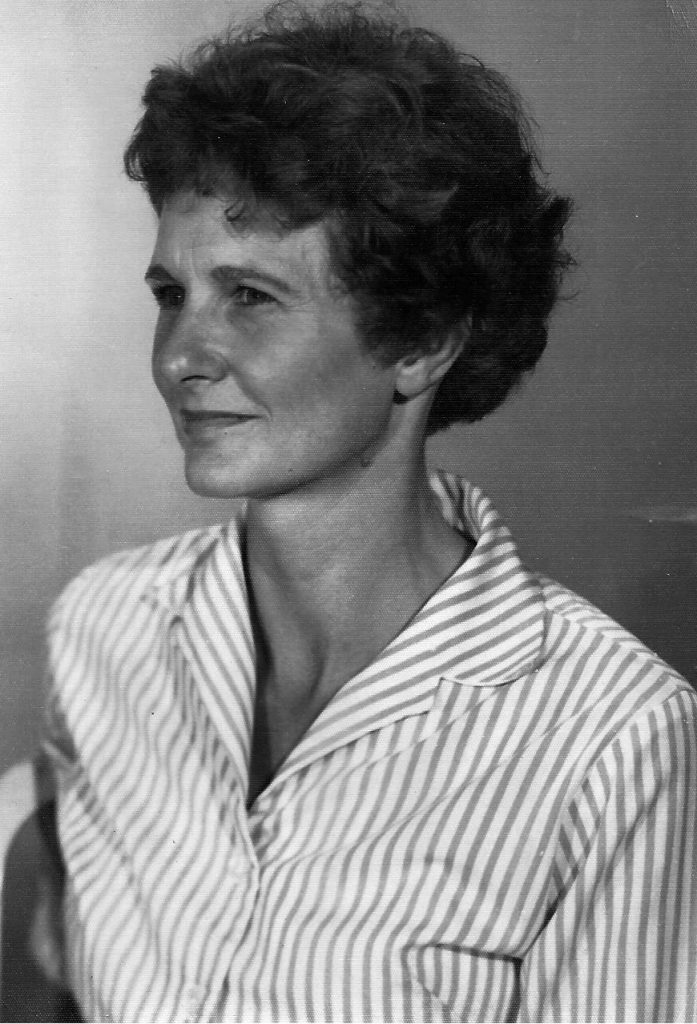Dr. Margaret W. Neuman worked as a biochemist during the Manhattan Project at the University of Rochester.
Neuman was born on May 31, 1917 in Lexington, Massachusetts. She graduated with her BS from Vassar College in 1938 and received the first Ph. D. in Pharmacology from the University of Rochester in 1943.
In the same year, she was hired to study the toxicity of uranium for the Atomic Energy Program at the University of Rochester. She worked alongside her husband, Dr. William Neuman. She recalled the secrecy and security required for their work during that time. They were charged with the study of the proper distribution and toxicity of uranium in order to better understand the exposure allowances for uranium workers. Manhattan Project workers at the University of Rochester called uranium “T” at the time and did not understand the potential of the substance. Neuman remembered being surprised by the bomb and slowly coming to terms with the impact of the work.
Their research on uranium toxicity during the war led to groundbreaking research in bone biochemistry because they had learned that most of the uranium is chemically stored in the bone. Neuman published more than thirty papers on the regulation of bone minerals as well as biochemical studies addressing the possible origins of life. Additionally, she co-authored the book The Chemical Dynamics of Bone Mineral in 1958 with her husband. In the 1980s, her research led her to Japan where her experiments cemented their initial ideas on how the chemical equilibrium was maintained between bone and blood.
Dr. Margaret Neuman worked in biochemistry for over forty years. She died on March 5, 2015 in Rochester, New York.





